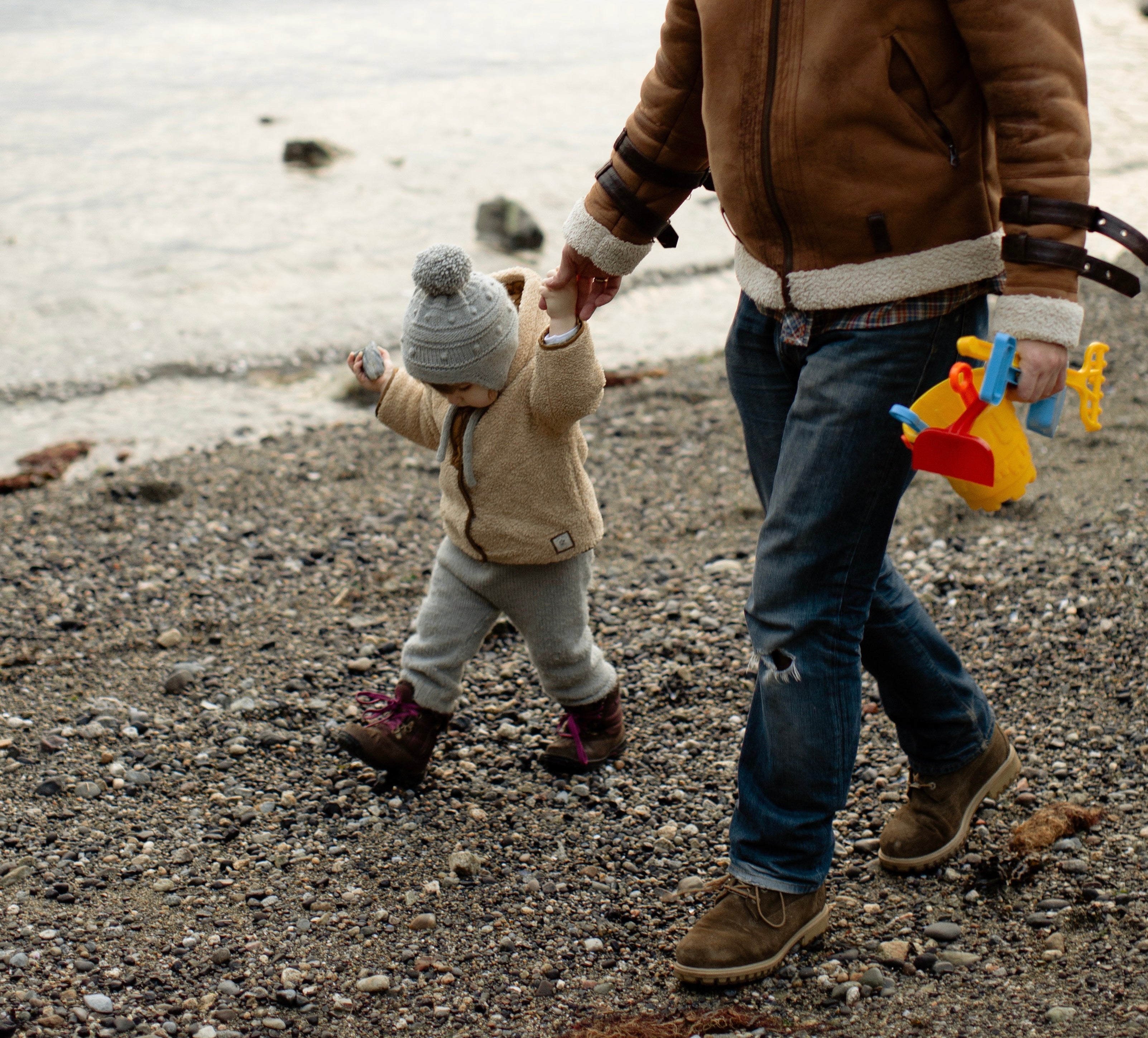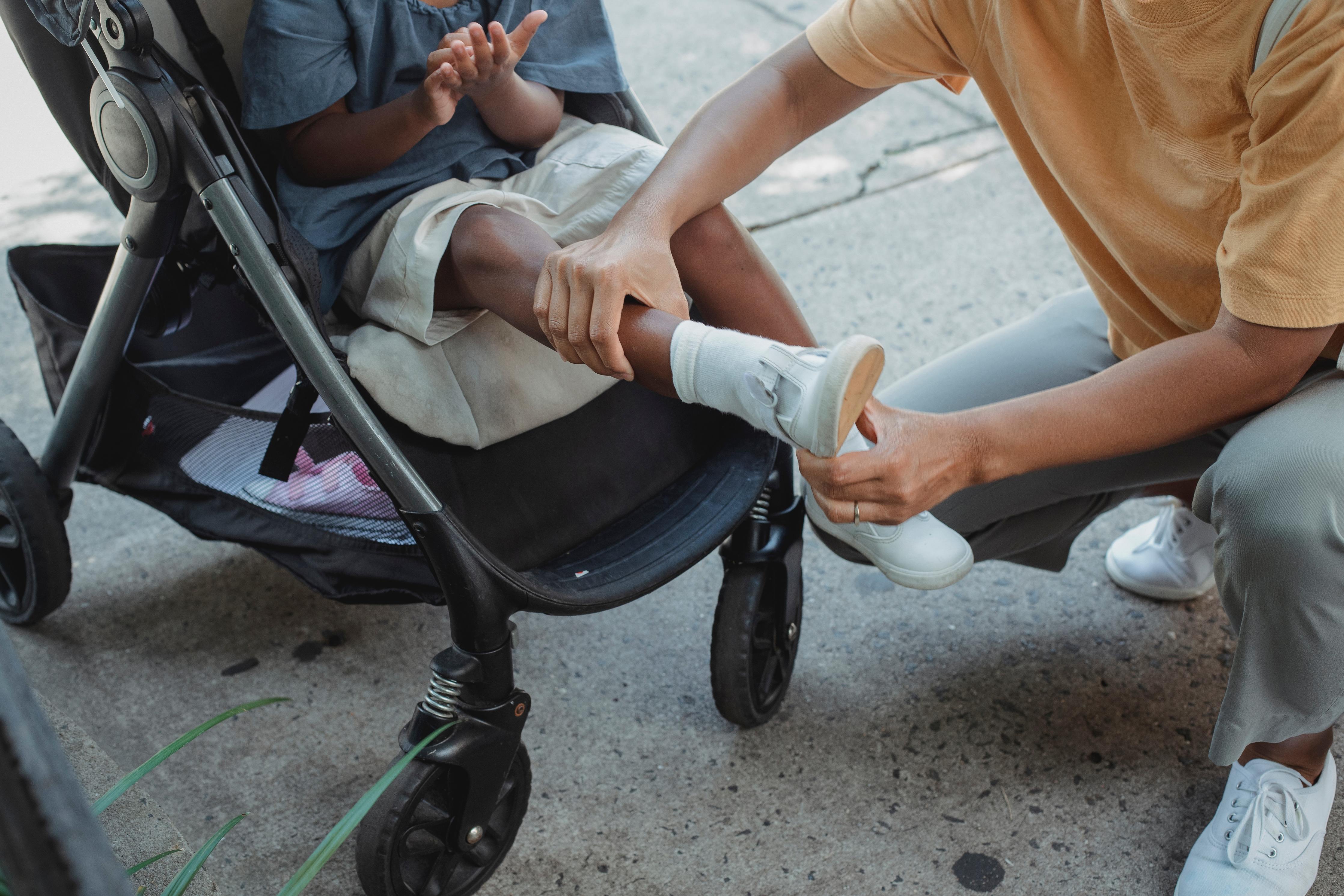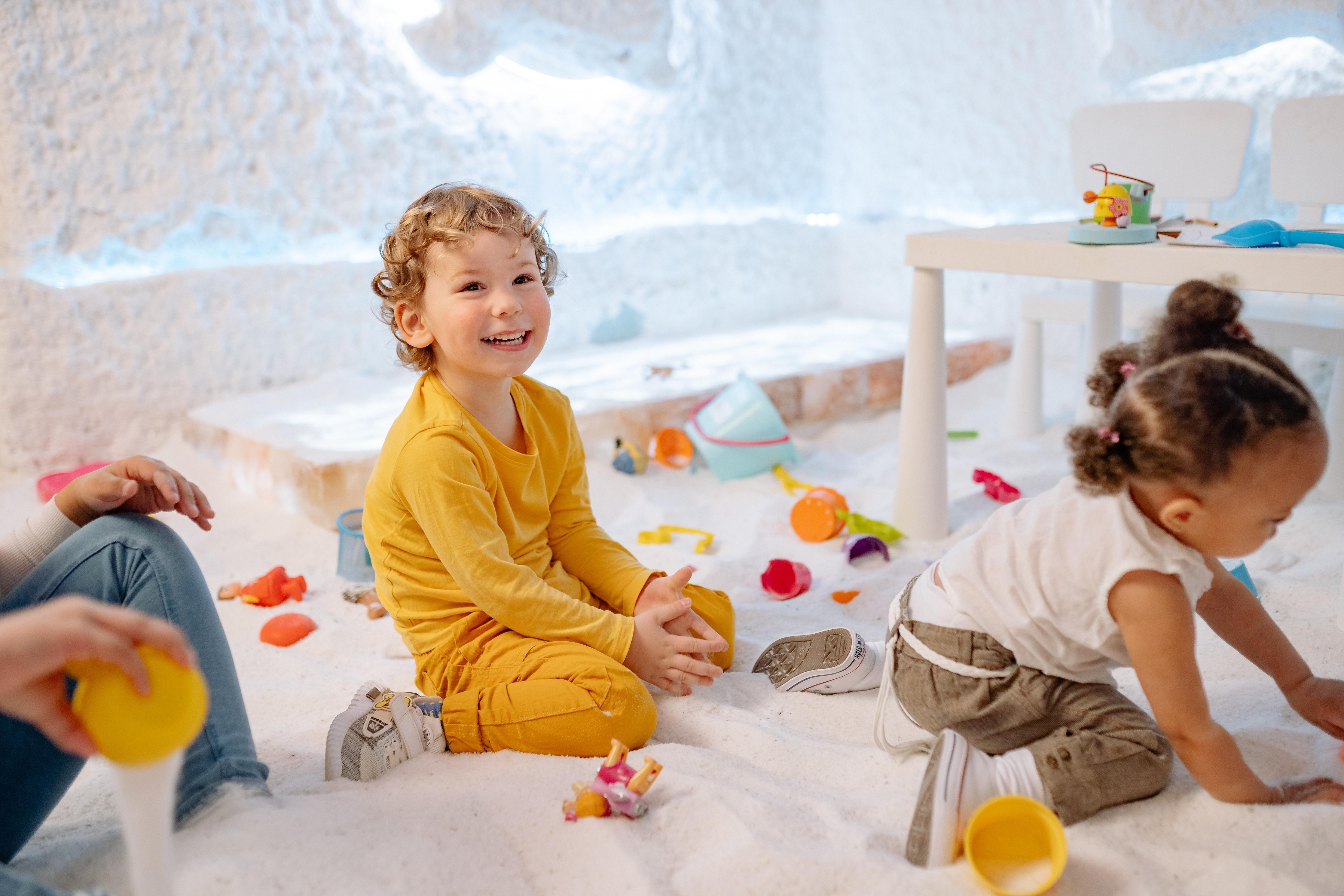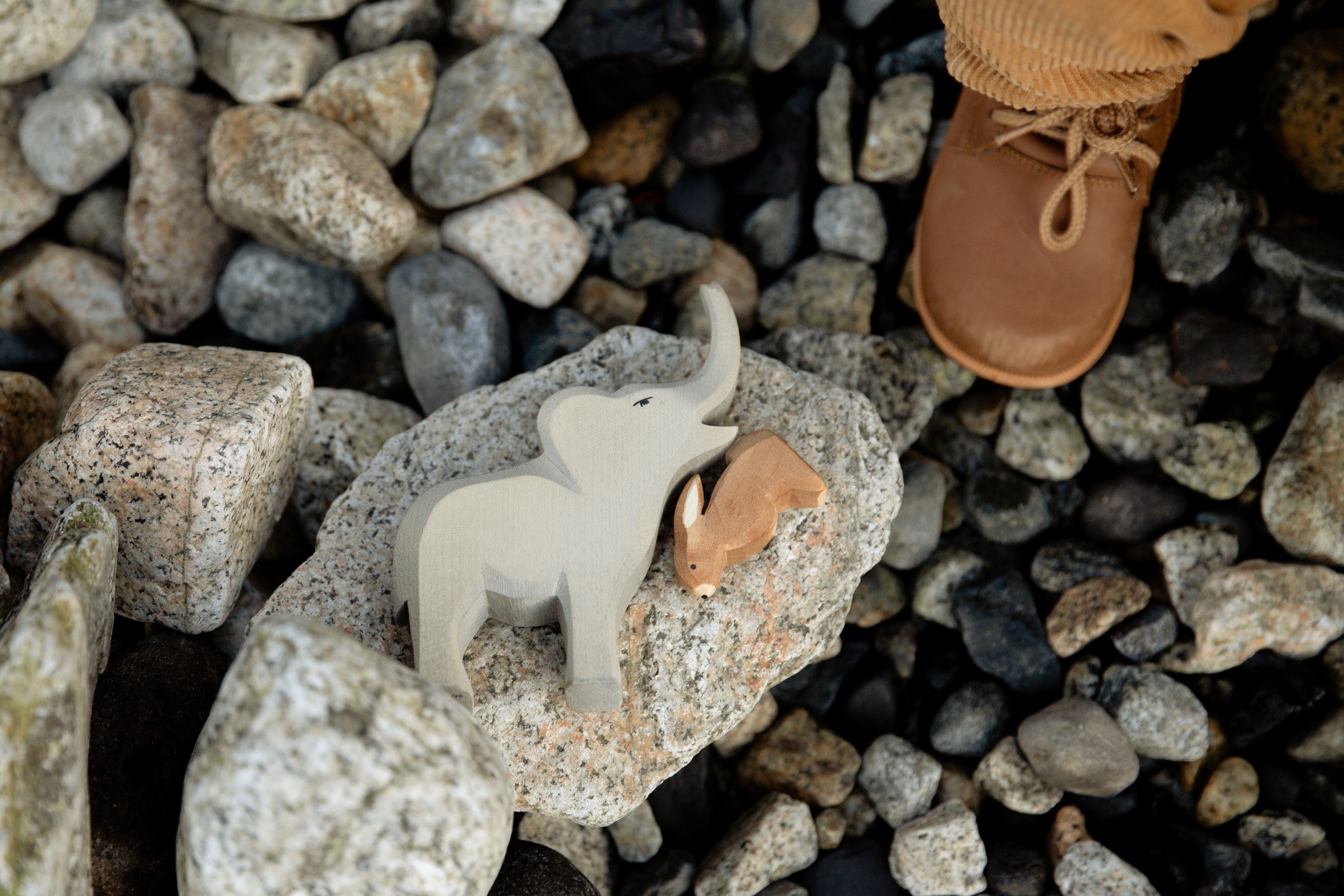
A Step Towards Independence: Teaching Your Baby to Walk with Soft Sole Shoes
Watching your little one take their first steps is a momentous occasion for any parent. The journey from crawling to walking is a significant milestone in your baby's development. As they explore their newfound mobility, it's crucial to support them with the right tools and techniques. In this blog post, we will discuss effective methods to teach your baby how to walk and explore the benefits of using soft sole shoes for their progress.
-
Encouraging Natural Development: Babies develop at their own pace, and it's important to allow them the time and space to strengthen their muscles and build their coordination. Encouraging natural development means creating an environment that supports your baby's physical growth and providing opportunities for them to explore movement.
-
Create a Safe and Stimulating Environment: Make your home a safe haven for your little explorer. Clear away any potential hazards, secure furniture, and create a space where they can practice walking freely. Soft surfaces, such as carpet or foam mats, can provide a cushioned landing and reduce the risk of injury during falls.
-
Promote Tummy Time: Tummy time is crucial for strengthening the muscles in your baby's neck, back, and arms. Encourage short periods of tummy time throughout the day, gradually increasing the duration as they grow stronger. This will not only aid in developing their core muscles but also help them gain the necessary strength to push up, crawl, and eventually walk.
-
Provide Supportive Assistance: Using your hands or a baby walker, offer gentle support to help your baby maintain their balance as they take their first steps. Allow them to put their weight on your fingers or the walker while gradually reducing the amount of assistance you provide. Remember to be patient and celebrate every little progress they make.
-
Giggles & Kicks Soft Sole Shoes: Aiding the Learning Process: When it comes to choosing footwear for your baby, soft sole shoes are an excellent option. Here's why:
- Natural Movement: Soft sole shoes mimic the barefoot experience by allowing your baby's feet to move and flex naturally. This enhances their sensory feedback, promoting balance and coordination during walking.
- Proper Foot Development: Soft sole shoes provide ample room for your baby's growing feet, allowing their toes to spread and grip the ground. This aids in building strength and developing proper arches.
- Stability and Traction: Soft sole shoes with non-slip soles offer a secure grip, giving your baby the confidence to explore different surfaces without the fear of slipping or falling.
- Protection: While walking barefoot is ideal indoors, soft sole shoes provide a protective barrier against sharp objects, rough surfaces, or extreme temperatures when your baby ventures outdoors.
- Gradual Transition to Walking Shoes: As your baby becomes more comfortable and confident in their walking abilities, you can gradually transition to more structured walking shoes. Look for lightweight, flexible options with good arch support to encourage proper foot alignment.
Teaching your baby to walk is an exciting journey filled with joy and milestones. By creating a safe and stimulating environment, encouraging natural development, and providing supportive assistance, you can help your little one take their first steps towards independence. Soft sole shoes play a significant role in facilitating their progress, promoting proper foot development, and offering stability and protection. Remember, each baby develops at their own pace, so be patient, celebrate their achievements, and enjoy this incredible stage of their growth.



